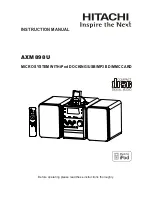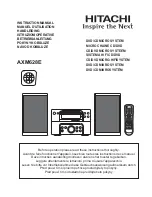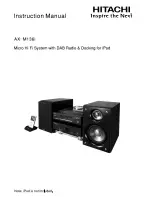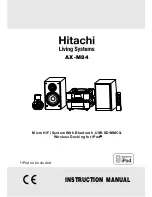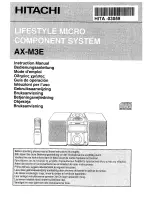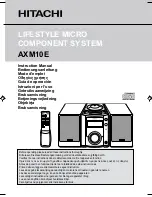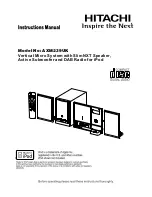Summary of Contents for 1622
Page 1: ...ALESIS 1622 Mixer Reference Manual ...
Page 4: ...Alesis1622 Monolithic Integrated Surface Audio Console USER S MANUAL ...
Page 6: ...3 ...
Page 46: ...43 ...
Page 1: ...ALESIS 1622 Mixer Reference Manual ...
Page 4: ...Alesis1622 Monolithic Integrated Surface Audio Console USER S MANUAL ...
Page 6: ...3 ...
Page 46: ...43 ...








